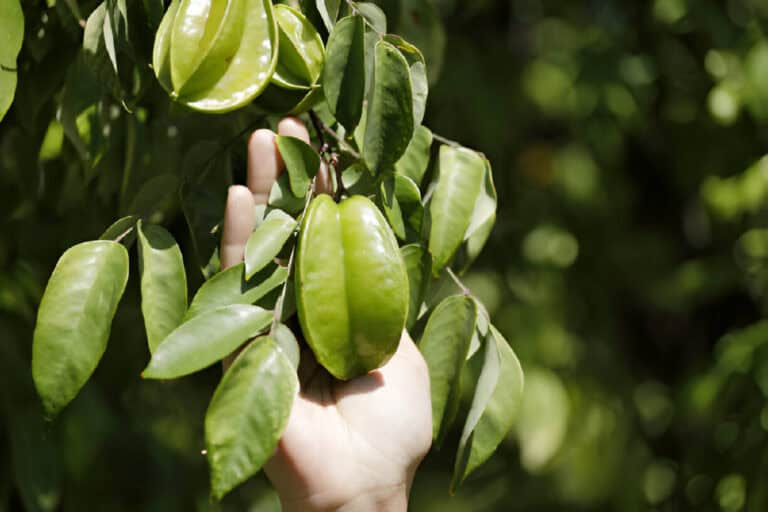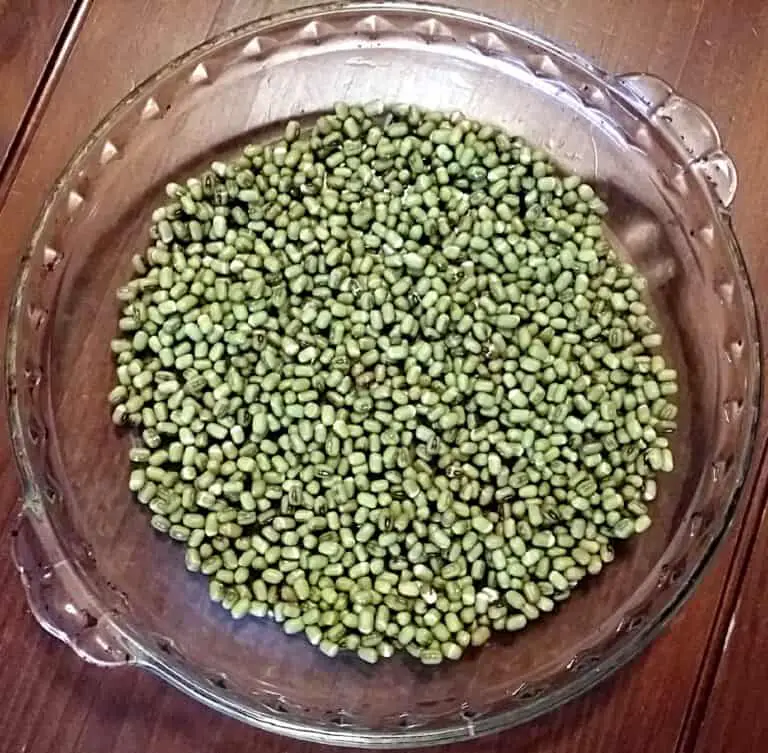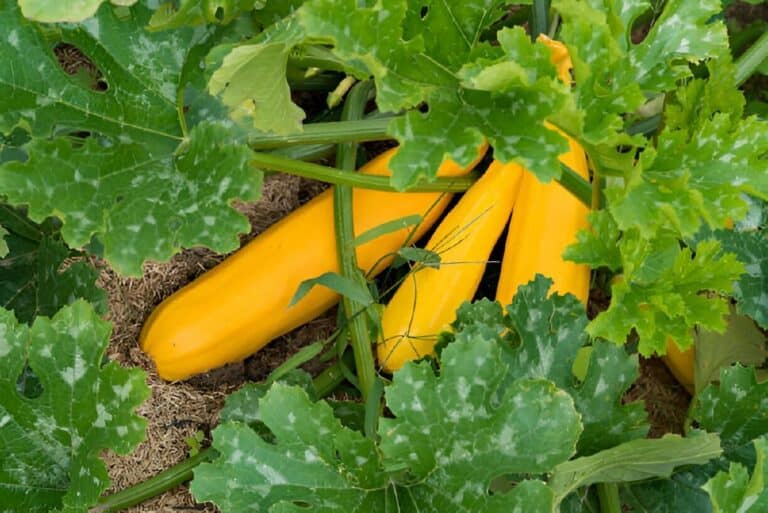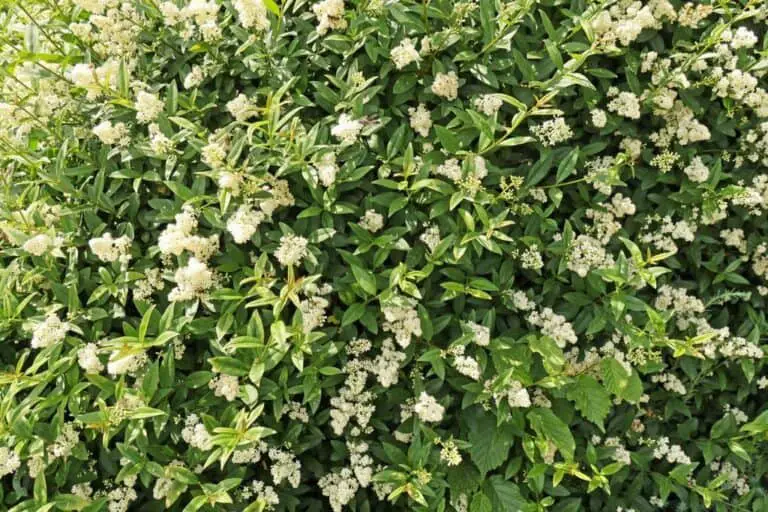Chief Joseph Lodgepole Pine (Pinus Contorta Var. Latifolia): Plant Care and Growing Guide
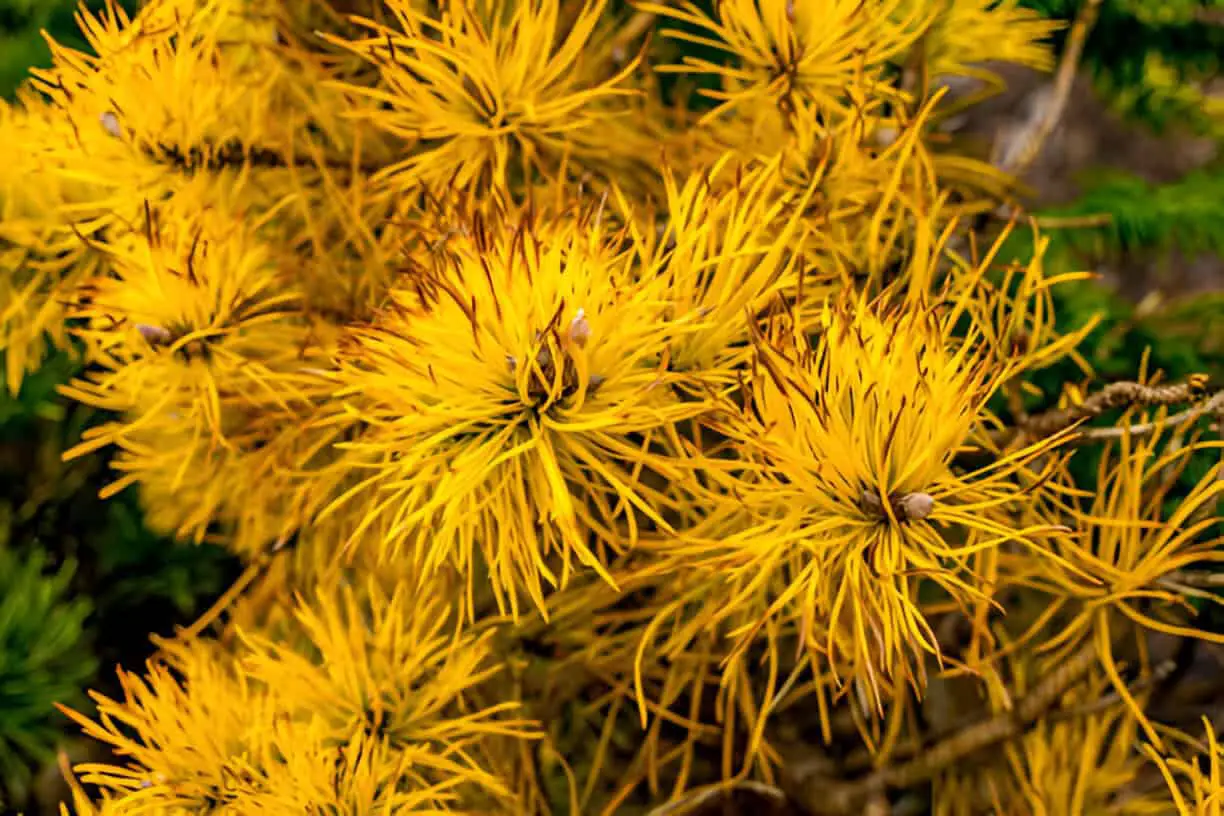
There’s something magical about winter landscapes—the hush, the frost, the skeletal silhouettes of trees wrapped in silver mist. But a few years ago, I felt something missing: color. Not just evergreen dullness or snow-blanketed branches. I craved drama—something bold, something golden. Enter: Chief Joseph Lodgepole Pine.
When I planted my first Pinus contorta var. latifolia ‘Chief Joseph’, I had no idea it would become the crown jewel of my backyard. This tree doesn’t just grow—it performs, like a firework frozen mid-burst. In summer, it blends in like any other pine. But come late fall? Boom. Its needles ignite in a blazing gold that lights up the gray days.
Let me walk you through how I care for my Chief Joseph and why I think everyone should make room for one of these golden marvels.
Meet Chief Joseph: More Than Just a Pretty Pine
This rare cultivar, named after the Nez Perce tribal leader Chief Joseph, brings four seasons of interest—but truly shines in the off-season. Here’s a quick snapshot of this beauty:
| Feature | Details |
| Common Name | Chief Joseph Lodgepole Pine |
| Botanical Name | Pinus contorta var. latifolia ‘Chief Joseph’ |
| USDA Hardiness Zones | 5–8 |
| Height | 6–9 feet (very slow-growing) |
| Spread | 3–5 feet |
| Sunlight | Full sun |
| Soil Preference | Well-drained, slightly acidic |
| Foliage Color | Green in summer, brilliant yellow in winter |
| Growth Habit | Upright, dense, pyramidal |
Scientific / Botanical Aspects
In botanical terms, the Chief Joseph Lodgepole Pine belongs to the Pinaceae family, the genus Pinus and the species Contorta, hence its scientific (or botanical) name Pinus Contorta Var. Latifolia ‘Chief Joseph’.
Other popular Pinaceae plants are Abies balsamea f. hudsonia, Mountain Pine, Pinus Contorta Var. Contorta, Abies Lasiocarpa ‘Glauca Compacta’, Horstmann’s Silberlocke Korean Fir,
As with other Pinus’s, the Chief Joseph Lodgepole Pine is an evergreen plant, which means it will be present year round in your garden.
Choosing the Right Spot: Let the Sun Kiss It
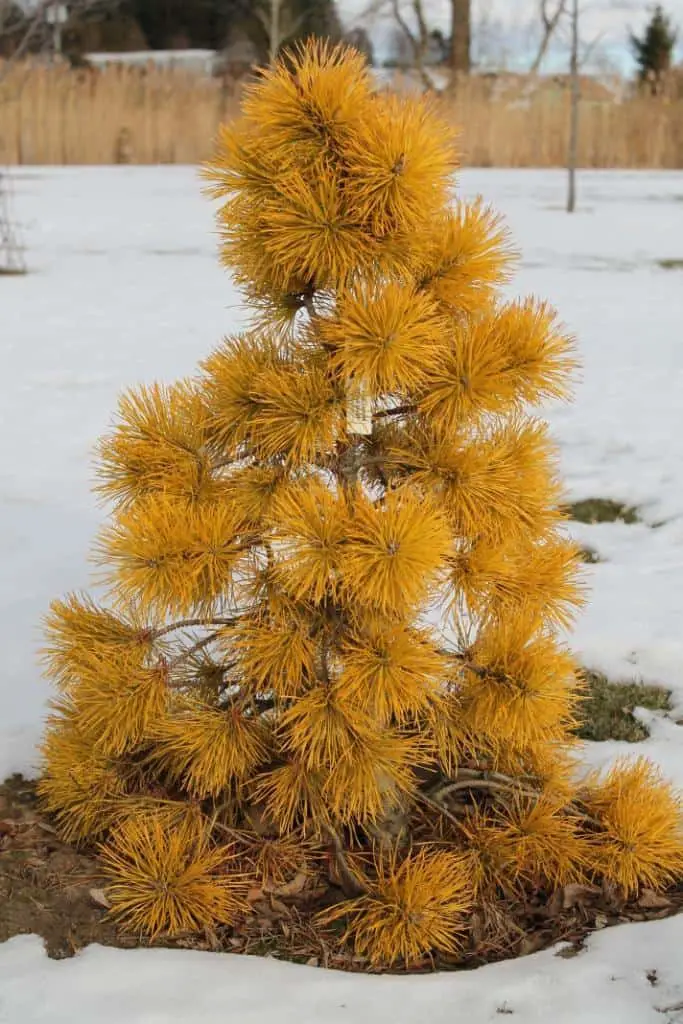
I learned the hard way that this pine demands sun like a cat seeks a windowsill. My first planting attempt was in a semi-shady area—big mistake. The color faded fast and the needles thinned. Once I moved it to a bright, open space, the tree transformed. That golden winter hue? Unmissable.
Pro tip:
- Full sun means at least 6 hours daily. Don’t shortchange it.
- Avoid areas near dark walls or fences—it deserves a stage, not a backstage corner.
Soil Secrets: Loose, Acidic, and Drainy
If you plant Chief Joseph in soggy or compacted soil, you may as well give it a tombstone. This tree needs soil that breathes.
My soil recipe:
- One part pine bark fines
- One part compost
- One part native soil (well-crumbled, no clods)
I test the pH annually. Chief Joseph loves it slightly acidic—around 5.5 to 6.5. If the reading shifts towards an alkaline range, I incorporate some elemental sulfur to balance the pH.
Watering Wisdom: Less Is More
This isn’t a thirsty diva. It’s more of a cactus in a pine coat.
Here’s my watering rhythm:
| Season | Watering Schedule |
| Spring & Summer | Every 10–14 days if no rain |
| Fall | Once a month before dormancy |
| Winter | Skip unless it’s unusually dry |
If you see yellowing at the tips before winter, that’s not its golden glow—it’s a distress signal. Usually, this occurs due to overwatering.
Fertilizer: Feed Me Lightly
You don’t want to overfeed this slow-grower. It’s like a marathon runner—steady and lean, not bulked up.
I fertilize once a year, in early spring, with a low-nitrogen, slow-release formula (something like 4-8-10). Too much nitrogen will force soft, weak growth, and that just invites pests.
Winter Prep: Embrace the Glow, Protect the Roots
Come fall, Chief Joseph dons its party dress—a brilliant gold so vivid it looks photoshopped. But beneath that glamour, it’s prepping for dormancy.
What I do:
- Mulch lightly—2 inches around the base, keeping it 2 inches away from the trunk.
- Water once before the ground freezes, especially in dry areas.
- Wrap young trees in burlap if I expect a wicked winter wind. That golden foliage is strong, but not invincible.
Pruning: Minimal but Meaningful
Let’s get this straight: this isn’t a tree you sculpt like a topiary. But I do snip here and there—mostly for shape and health.
My trimming rules:
- Prune in early spring, before new growth.
- Remove dead, damaged, or diseased branches—the three D’s.
- Avoid heavy cuts—this pine doesn’t rebound fast.
Pests and Problems: Mostly Drama-Free (Thank Heavens)
Chief Joseph isn’t a magnet for pests like some ornamental trees. But it’s not totally bulletproof.
A few things I’ve dealt with:
| Problem | Symptom | Solution |
| Pine needle scale | White specks on needles | Horticultural oil spray in spring |
| Winter burn | Browning of tips | Wrap or shield from harsh wind |
| Root rot | Drooping, yellowing needles | Improve drainage, stop overwatering |
As long as you don’t drown it and give it sun, it’s mostly hands-off.
Propagation: Don’t Bother (Seriously)
I know what you’re thinking: “That gold! I want more!” But propagating Chief Joseph? A wild goose chase. It’s a grafted cultivar, which means you need a rootstock and scion—and some serious know-how.
I leave that job to the nursery pros. My job? Appreciate the glow.
Why I’d Plant It Again (and Again)
This tree changed how I experience winter. Every December, while most of my garden naps in muted shades, Chief Joseph burns bright like a candle in the fog. It reminds me that color and life don’t vanish—they just shift, surprise, and shine differently.
A few reasons I adore it:
- No-fuss care once established
- Compact size perfect for small gardens
- Unrivaled winter color
- Conversation starter—everyone asks about it
Final Thoughts: A Flame That Never Flickers
Planting a Chief Joseph Lodgepole Pine isn’t just gardening—it’s storytelling. It infuses your winter with a golden exclamation point. It’s embracing contrast: subtle summer, bold winter. Every year, it teaches me to find color in quiet seasons.
If your landscape feels like a gray sweater come winter, this tree is the brooch that brings the sparkle. Give it sun, space, and a little care, and you’ll be rewarded with gold that doesn’t fade.
Frequently Asked Questions (FAQs)
What makes Chief Joseph Lodgepole Pine turn yellow in winter?
This striking golden color is natural for the cultivar. As temperatures drop in late fall, the needles shift from green to a bright, rich yellow—a survival adaptation turned showstopper.
Why is my Chief Joseph turning brown instead of yellow?
Browning needles often signal stress. Check for overwatering, poor drainage, or exposure to harsh winter winds. Proper siting and soil preparation make all the difference.
Is this tree suitable for small yards?
Absolutely. Its slow growth and compact, upright form make it ideal for tight spaces, rock gardens, or focal points in urban landscapes.
Here’s a quick reference:
| Issue | Possible Cause | Solution |
| Brown needles | Winter burn | Provide wind protection |
| Sparse growth | Too much shade | Move to a sunnier spot |
| Yellowing too early | Root rot | Improve drainage, reduce watering |
For more help, check with local extension offices or alpine conifer societies.


